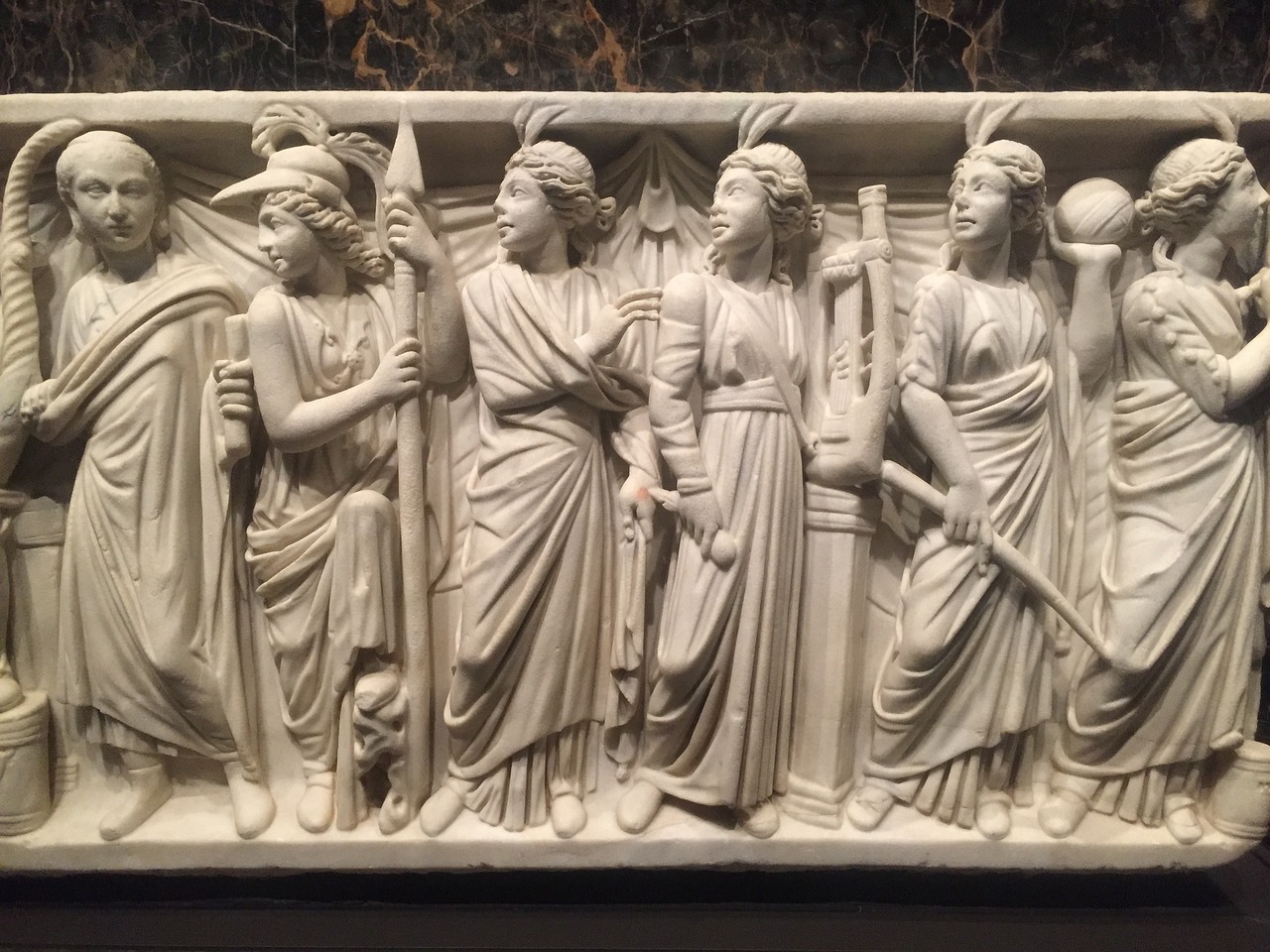This curated gallery showcases various artistic interpretations of Apollo, the Greek god, along with his Roman counterpart. Revered as the deity of multiple domains such as music, poetry, art, oracles, archery, healing, and light, Apollo embodies a rich tapestry of mythology. His twin sister, Diana, known as the goddess of the hunt, is often depicted alongside him, notably with her affinity for communicating with animals, represented in artwork where she gracefully sits upon a deer.
In one evocative piece, Apollo is depicted in a poised stance with his bow drawn, exemplifying his mastery in archery. Another striking image presents Apollo holding his lyre, with a defeated python at his feet, symbolizing the triumph of light over darkness—a testament to his prowess.
The Musical Contest between Apollo and Marsyas, as painted by Cornelis van Poelenburgh in 1630, captures the intense rivalry that erupted when Marsyas dared to challenge the god of music. The artist uses ominous clouds overhead to symbolize Apollo’s wrath, a visual metaphor for the stakes of their competition.
Another artwork portrays Apollo in a state of despair after his beloved Daphne transforms into a tree to escape him. This poignant sculpture emphasizes his longing, with his lyre resting against the trunk—a reminder of his unrequited love and desire.
In a more dramatic representation, Apollo’s fury is palpable in the depiction of his retribution against Marsyas, with the use of reds and dark skies enhancing the tension of their conflict.
The marble statue by François Girardon, Apollo served by the Nymphs, showcases the god surrounded by six ethereal nymphs, emphasizing his divine stature and the grace that accompanies it.
A compelling painting by Pompeo Batoni, titled Apollo and two Muses, presents a contemplative Apollo alongside two women immersed in thought, with musical instruments conveying the artistic inspiration flowing from the god’s presence.
John Cheere’s lead sculpture of Apollo captures the god in a reaching gesture, adding a unique touch with its materiality, contrasting the more traditional marble.
Joseph Werner’s allegorical representation of Louis XIV as Apollo driving the chariot of the sun in 1664 conveys the grandeur of the monarch aligned with divinity. The scene is enriched with four horses in motion and the divine figure of Aurora, the dawn goddess, depicted above, reinforcing the mythical essence.
Lastly, a marble statue dating back to 50 – 350 A.D. captures Apollo holding a laurel wreath, accentuating his idealized masculine form and authoritative presence, leaning gracefully on a tripod—an embodiment of strength and beauty characteristic of the ancient representations of the god.
This gallery captures the intricate and multifaceted representations of Apollo across various art forms, articulating a timeless narrative that intertwines mythology, human emotion, and artistic excellence.



